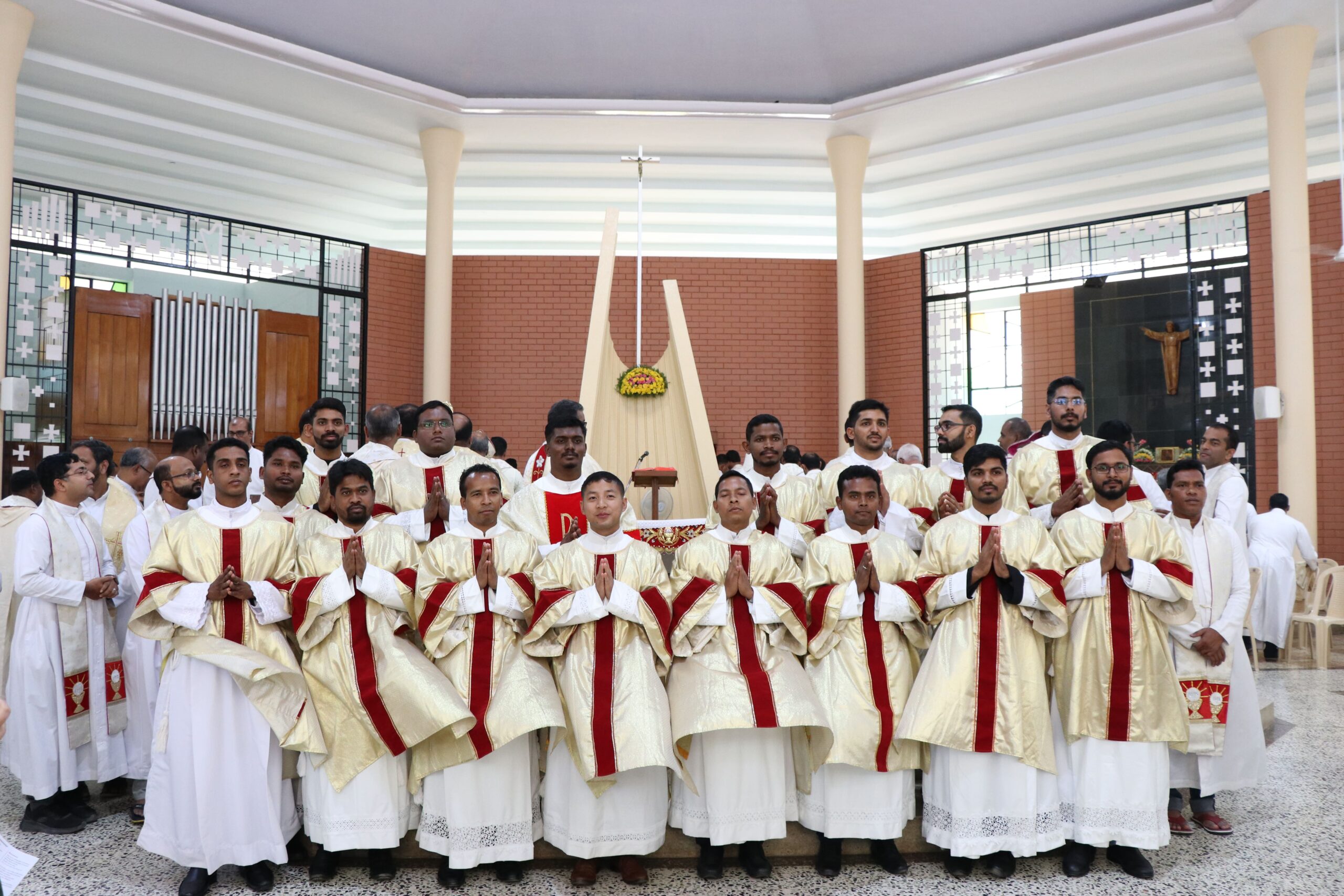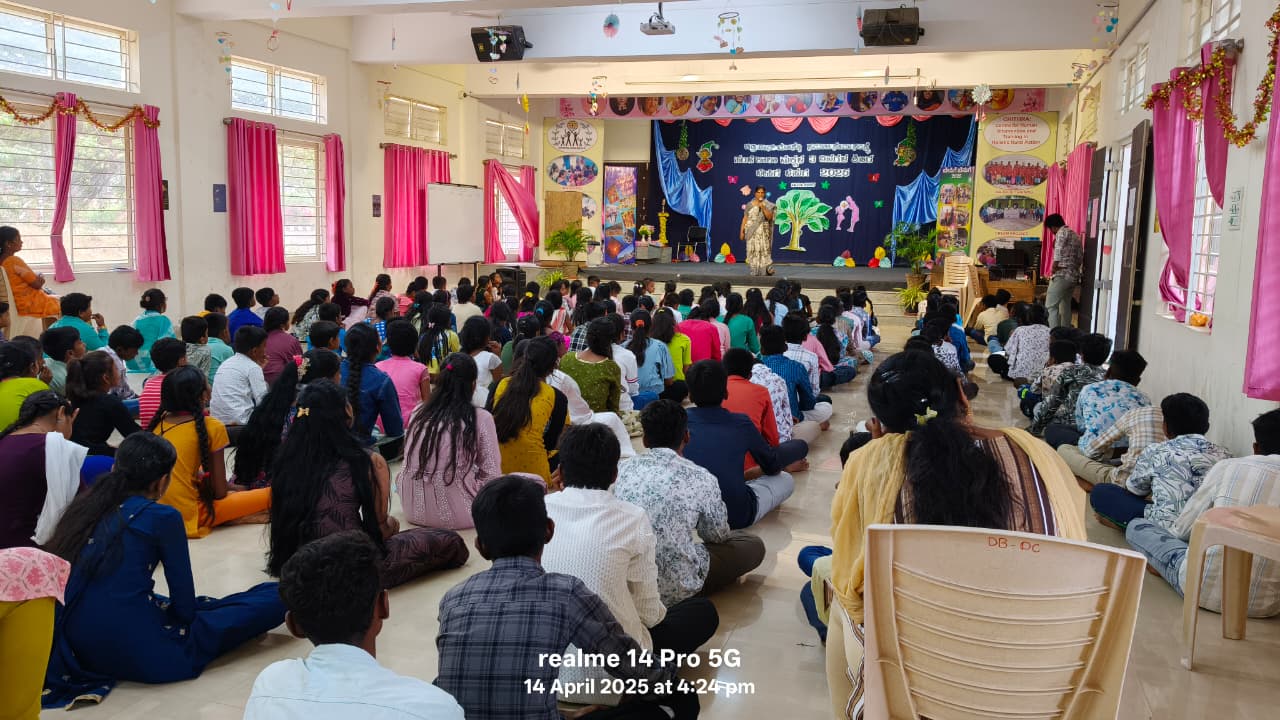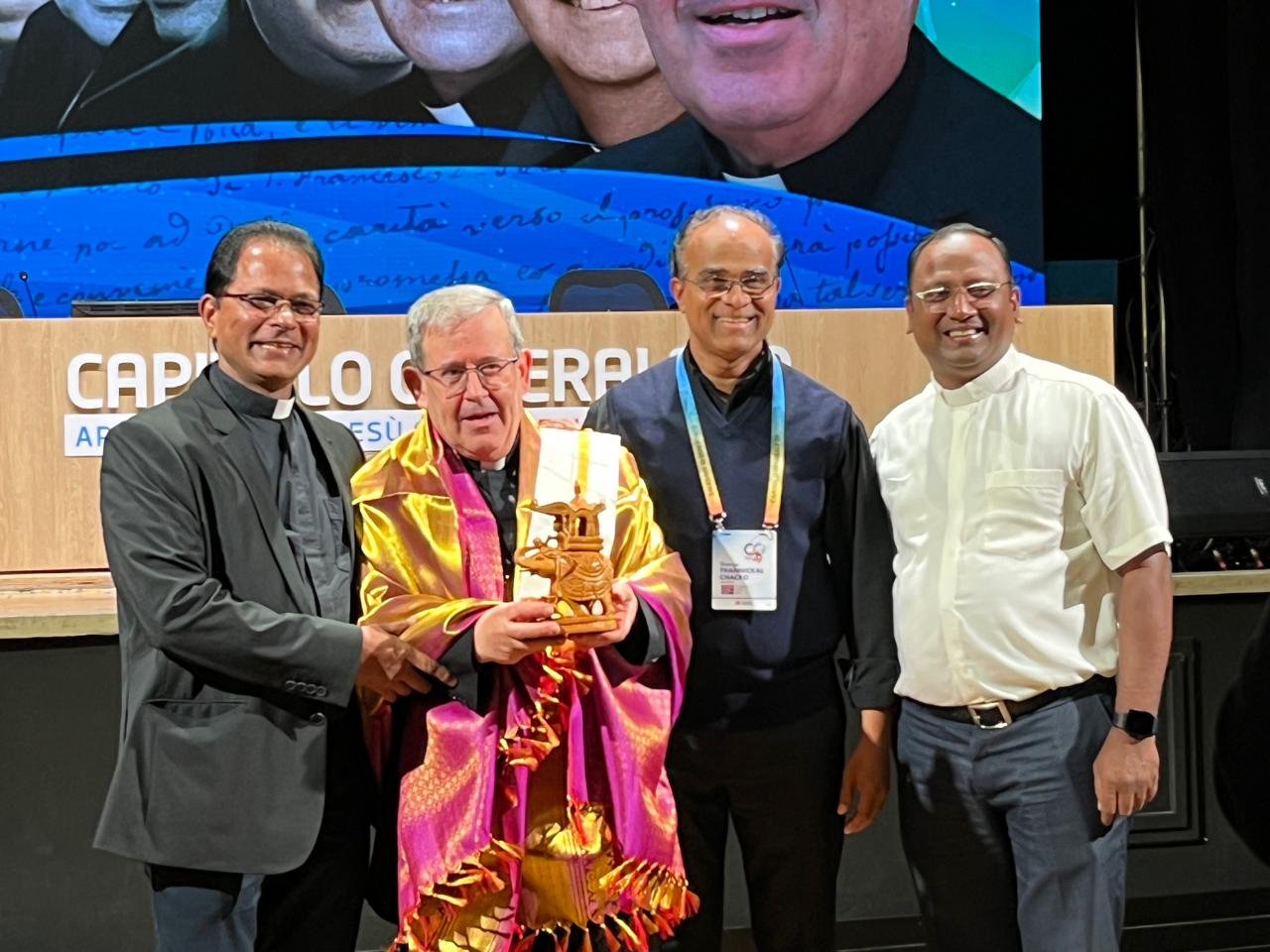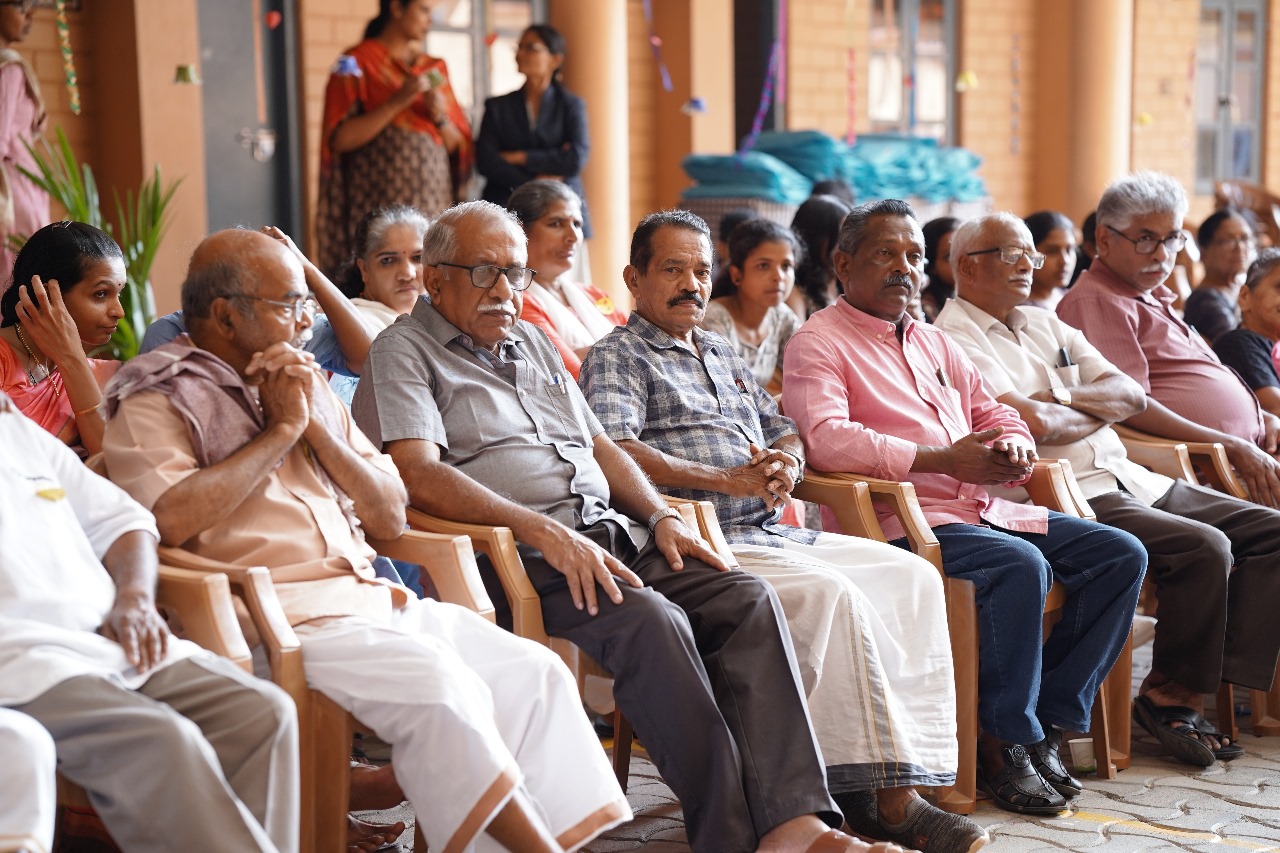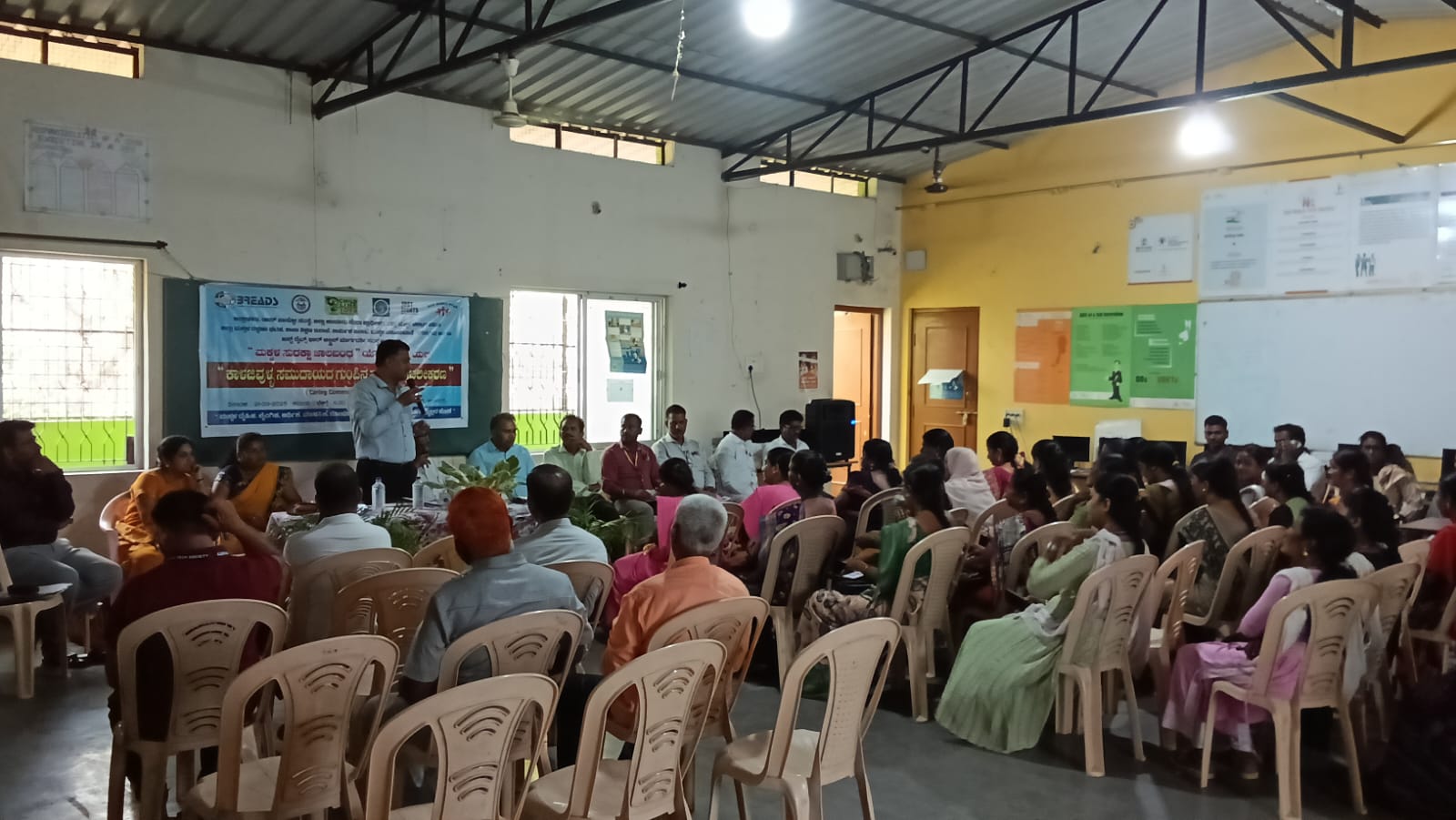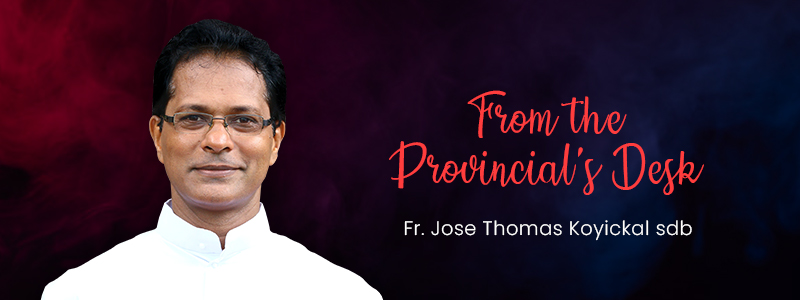
Digital communication for ministry
“Studying new ways and means to communicate the Gospel of mercy to all people, in the heart of different cultures, through the media that the new digital cultural context makes available to our contemporaries is something that is “very much in my heart.” (Pope Francis).
The culture of our time is digital and we as priests/religious must deal with this reality to take advantage of the good it bears and to learn how to manage the risks and challenges that it poses. The power of these new methods of communication can be seen in Pope Francis’ engagement in the digital sphere. On Instagram he has 5.7 million followers. His @Pontifex Twitter accounts have reached more than 40 million followers in nine different languages. The Vatican Secretariat for Communication has described the accounts as an essential way for Pope Francis to personally connect with people around the world: “Every day, through his tweets, Pope Francis makes himself available to men and women through social media, at times offering a spiritual thought,” the Secretariat has said, “other times sharing with his followers a reflection on events of great significance for the international community.” For instance, at the launch of his environmental encyclical, ‘Laudato Si’, Pope Francis sent out nearly two dozen tweets over six days, calling for immediate action on climate change – with the notably pithy tweet – warning that the earth was beginning to “look more and more like an immense pile of filth.”
There is no doubt that we cannot ignore the digital media as it has invaded the life of people and transformed the world. It has become a necessity and has altered the very fabric of our daily life. People are interacting and connecting with each other in different ways. Their sensibilities and psychologies are changing. Blurring boundaries between private and professional lives and the hunger for immediate information are driving online connection time. Trust in individuals’ relationship with digital media has become an increasingly prominent issue. In some ways, new generations are leading the evolution in changing behaviour; but in others, older generations are “catching up” surprisingly quickly. The digital media affects all sectors of society, in particular economic, religious, educational, social, political, cultural spheres. At the same time, it has opened up new networking possibilities, and enables co-operation between different persons from different locations. In fact, with the aid of digitization, the world has now become a ‘global village’.
Importance of Digital Media for Ministry as Religious and Priests
Numerous studies have investigated the importance of information and communication technology (ICT) as well as the internet within the ambit of religious communication. The interest of the Catholic Church for communication opportunities offered by new media platforms is documented, on the one hand by considerable activity on the web from various institutions of the Church and individual believers, and on the other from official documents of the pontifical and ecclesiastical Magisterium. More specifically, in his Message for the 44th World Communications Day Pope Benedict XVI described ICT as an instrument of ” almost limitless expressive capacity ” that “makes us appreciate all the more Saint Paul’s exclamation: ‘Woe to me if I do not preach the Gospel’ (1 Cor 9:16).” He invited priests and religious to engage in an ever-increasingly motivated and effective manner to put the media at the service of the Word.
The Catholic Church has paid considerable attention to ICT and internet from the very beginning, both through particularly prolific usage practices, widespread and precocious, as well as through dedicated magisterial documents. One thinks of the countless Catholic websites ranging from that of the Holy See to blogs of the lay faithful. In 1995 the Vatican was one of the first religious institutions to launch its own website for the promotion of its global mission. In 2002 Pope John Paul II dedicated the World Communications Day to the “Internet: A New Forum for Proclaiming the Gospel” by stating that “the Church approaches this medium with realism and confidence” and that “for the Church the new world of cyberspace is a summons to the great adventure of using its potential to proclaim the Gospel message”.
The Pontifical Council for Social Communications (PCSC) published two documents in 2002: “The Church and Internet” and “Ethics in Internet”. They also contained a strong invitation to meet the challenges this new communications medium had to offer, considering “the positive capacity of the Internet to transmit religious teaching and information beyond all boundaries and borders” and its importance “to many activities and programs of the Church” such as “evangelization, both re-evangelization and new evangelization, and the traditional missionary work ad gentes, catechesis and other kinds of education, news and information, apologetics, governance and administration, and some forms of pastoral counselling and spiritual direction”. Nevertheless, interest in this communication medium did not ignore the potential risks and hazards involved, inviting one to consider that “the virtual reality of cyberspace cannot substitute for real interpersonal community, the incarnational reality of the sacraments and the liturgy, or the immediate and direct proclamation of the Gospel. However, it “can complement them, attract people to a fuller experience of the life of faith, and enrich the religious lives of users” (Pontifical Council for Social Communications).
Pope Benedict XVI never owned an iPhone, was not on Facebook and he has tweeted just once. Yet he has been surprisingly firm in encouraging priests and religious to use new media. He keenly recognized the vast power of new media and for the following reasons considers it a necessity for priests:
- Priests and religious should be challenged to use in their ministry the latest generation of audio-visual resources.
- Because of its explosive growth, new media is important for a fruitful ministry.
- Responding to today’s cultural shift necessarily involves using new communication technologies.
- Priests and religious are called to respond pastorally by putting the media ever more effectively at the service of the Word.
Needless to say, they would best achieve new media proficiency if they learn, from the time of their formation how to use these technologies in a competent and appropriate way. Formation houses must show candidates how to “give a soul to the internet”, which means they must form young men not just for the physical world but for the digital one as well.
Commenting on the importance of new media Archbishop Claudio Celli, head of the Pontifical Council for Social Communications, said that in the Church we are fishing inside the aquariumwhereby we forget that most fish are outside the aquarium. Thus, unless priests and religious engage in new media, according to him we will wind up talking to ourselves.
Formation in New Media
St. Francis de Sales once claimed, “knowledge is the eighth sacrament for the hierarchy of the Church.” He was indicating the need for more and better theological education since, in his view, a significant factor in the defection of Catholics from their faith was the clergy’s uninspiring, and at times erroneous, teaching. In the 21st century Church, the need for knowledge remains paramount for priests, present and future. What do they need to know to bolster belief in our times? More broadly, they should learn the ways of the world, in science and in business. More specifically, they need to master their own tools of the trade, in the work of liturgical worship and apostolic ministry. The digital world and the tools they offer have become inevitable in bolstering the formation of the candidates in formation for their effective ministry.
In addition to intellectual matters, priests are schooled in ways human, spiritual and pastoral, enabling them to develop maturity, a life of prayer and a commitment to service. According to Vatican’s guide The Gift of the Priestly Vocation, these four dimensions of formation/education aim at assisting people to “assimilate” the values of Christ and “transform” their hearts “into the image of the heart of Christ.” The digital environment in and through which life takes place today holds a strong sway on priests and religious and more so on the candidates in formation. Especially for this “native” generation technology exercises a defining influence on how they think and act and consequently on how they believe and will minister in the Church. The Gift of the Priestly Vocation says, “The Church looks confidently at the possibilities offered by the digital world for evangelization” (no. 98). The document also reminds seminarians “to pay prudent attention to the inevitable risks that come with frequenting the digital world” (no. 99). The digital realm offers a repository of data at our fingertips and a link to others near and far. Thanks to the power of apps, it also facilitates reading Scripture, praying the liturgical hours, viewing faraway liturgical ceremonies, going on a pilgrimage while staying in place, etc.
Like others in their age, seminarians have grown up accustomed to digital technology. To be well-formed in their priestly vocation, they need to learn balance, not by turning off their devices but by simultaneously appreciating the power of silence, in order to remain ever in dialogue with the One who calls them to this vocation. Then they will be better positioned to encounter others on and offline, so as to engage them even now with the joyful message of salvation that will be theirs to proclaim one day as priests. The basic training ought to enlighten the students, refine their critical sense, and form their conscience, so as to save them falling prey to the facile suggestions and manipulations perpetrated by the mass media, particularly where these may offend truth or morality. The emphasis should be upon the positive, showing a strong preference for what is solid and constructive over what is harmful or dangerous and therefore to be avoided.
Using new communication technologies, priests and religious can introduce people to the life of the Church and help our contemporaries to discover the face of Christ. They will best achieve this aim if they learn, from the time of their formation, how to use these technologies in a competent and appropriate way, shaped by sound theological insights and reflecting a strong priestly/religious spirituality grounded in constant dialogue with the Lord. Yet priests/religious present in the world of digital communication should be less notable for their media savvy than for their priestly heart, their closeness to Christ. This will not only enliven their pastoral outreach, but also will give a “soul” to the fabric of communications that makes up the “Web”.
Consecrated men and women working in the media have a special responsibility for opening the door to new forms of encounter, maintaining the quality of human interaction and showing concern for individuals and their genuine spiritual needs. They can thus help the men and women of our digital age to sense the Lord’s presence, to grow in expectation and hope and to draw near to the Word of God which offers salvation and fosters an integral human development.
With the times like Don Bosco
In Don Bosco’s time Salesian work was carried out within an institutional framework “that was closed, separated, apolitical, autonomous, where everything happened within a clear and self-sufficient educative space, where the officially recognized masters were Don Bosco and his ‘sons’ and where a single and simple culture reigned, one that was Catholic and popular, whose only aspiration was that of being equipped with sufficient earthly means while awaiting the heavenly reward” (Fr. Pascual Chavez, Don Bosco’s Educational System Today). Today it is clear that Salesians are no longer the sole agents of education, … the digital world is now a formidable agent of education that is contributing to a change of culture and anthropology (AGC, 427).
The digital world, ‘the new Areopagus of modern times’ in the words of St. John Paul II, challenges us as educators of the young: it is a ‘new playground’, and ‘new oratory’ which demands our presence and encourages us to new forms of evangelization and education (GC 27, 62). Being servants of the young, therefore, means committing ourselves to entering the digital world “where the young in particular are at home in a significant and educational manner, ensuring the appropriate professional and ethical formation of confreres and collaborators, and applying the Salesian Social Communication System” (GC 27, 75.4).
The Salesian Youth Ministry Frame of Reference stresses very clearly the vital need for us to inhabit the digital space: “Social Communication is increasingly an educational presence, shaping ways of thinking and creating culture. The challenge for the future will be educating to new media, but also carrying out educational and pastoral activity by means of new media especially where new generations are concerned… The relationship between social communication and evangelization or, more practically, between the use of languages and social communication media for the Gospel and our apostolic style of ‘evangelizing by educating’ has a profound impact on Salesian activity. It means not only educating to media, that is, to a critical interpretation of media messages, but also evangelizing through media. Thus, we open up a vast field of initiatives for teaching, educational and cultural activities, for Christian animation of youth groups, for catechesis, for prayer (Salesian Youth Ministry Frame of Reference, p.171-172).
We have strengthened our Social Communication Centre of the Province (IMAGE) this year with additional facilities and personnel, who will lead and coordinate the social communication ministry of the Province. Several initiatives are begun and I invite all the communities and confreres to give it sincere support and collaboration.
Wishing you a Happy Feast of the Assumption of our Lady and Independence Day!
Affectionately in the Lord,
Fr. Jose Thomas Koyickal sdb,
Provincial
-
LENT: A JOUR...
29 March 2025 -
“ANCHORED IN...
14 February 2025 -
JUBILEE 2025...
08 February 2025 -
THE BIRTH OF...
08 January 2025 -
MONTH OF NOV...
13 November 2024 -
REDISCOVERIN...
13 October 2024 -
SYNODALITY A...
13 September 2024 -
INDEPENDENCE...
04 August 2024 -
THE SACRED H...
04 August 2024 -
THE SPIRITUA...
04 August 2024




